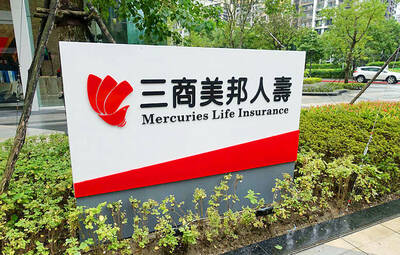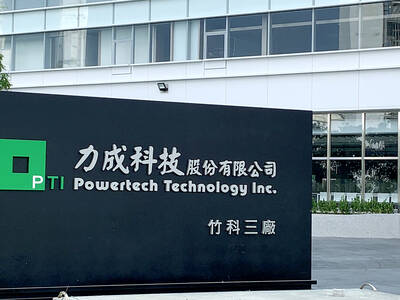Taiwan’s LED light bulb market continued strong growth last year, as the average unit price slid to NT$200 (US$6.62) last year, according to a research report by the market information advisory firm GfK.
About 5 million LED light bulbs were sold in Taiwan last year, an annual increase of 43 percent, the report said.
The product’s market share increased from 39 percent to 69 percent in 2012 and expanded to 76 percent last year, it said.
Although the drop in LED light bulb prices has eroded the market for energy-saving light bulbs such as compact fluorescents, it is good that consumers have more options, GfK said.
LED lighting tubes also became more popular last year, with sales growing amid increasing public awareness of sustainable development, the research firm said.
“Once the average selling price reaches a sweet spot for consumers, the product’s market scale is likely to expand and drive the overall market,” GfK Taiwan analyst Hsieh Huai-huan (謝槐桓) said.
The price of LED light tubes averaged NT$750 last year, a “relatively high” level compared with NT$60 for other tubes, he said.
With fiercer market competition among companies and brands, LED lighting will continue to drive the general lighting market, Hsieh said.
Market information advisory firm LEDinside held a similar view, saying that the rapid decline in LED lighting prices will continue to drive the market.
It forecast that global LED bulb and tube demand will grow 86 percent and 89 percent respectively year-on-year this year.
The average selling price of LED bulbs used to replace standard 40-watt bulbs declined 0.8 percent month-on-month in February to US$15.10, while that of 60W-equivalent LED bulbs dropped 2.1 percent to US$20.80, the LEDinside report showed.
“The rapid price decline of top brand products has made it possible for them to offer products with better specifications and encouraged the integration of regional markets,” the advisory firm said.

Mercuries Life Insurance Co (三商美邦人壽) shares surged to a seven-month high this week after local media reported that E.Sun Financial Holding Co (玉山金控) had outbid CTBC Financial Holding Co (中信金控) in the financially strained insurer’s ongoing sale process. Shares of the mid-sized life insurer climbed 5.8 percent this week to NT$6.72, extending a nearly 18 percent rally over the past month, as investors bet on the likelihood of an impending takeover. The final round of bidding closed on Thursday, marking a critical step in the 32-year-old insurer’s search for a buyer after years of struggling to meet capital adequacy requirements. Local media reports

US sports leagues rushed to get in on the multi-billion US dollar bonanza of legalized betting, but the arrest of an National Basketball Association (NBA) coach and player in two sprawling US federal investigations show the potential cost of partnering with the gambling industry. Portland Trail Blazers coach Chauncey Billups, a former Detroit Pistons star and an NBA Hall of Famer, was arrested for his alleged role in rigged illegal poker games that prosecutors say were tied to Mafia crime families. Miami Heat guard Terry Rozier was charged with manipulating his play for the benefit of bettors and former NBA player and

The DBS Foundation yesterday announced the launch of two flagship programs, “Silver Motion” and “Happier Caregiver, Healthier Seniors,” in partnership with CCILU Ltd, Hondao Senior Citizens’ Welfare Foundation and the Garden of Hope Foundation to help Taiwan face the challenges of a rapidly aging population. The foundation said it would invest S$4.91 million (US$3.8 million) over three years to foster inclusion and resilience in an aging society. “Aging may bring challenges, but it also brings opportunities. With many Asian markets rapidly becoming super-aged, the DBS Foundation is working with a regional ecosystem of like-minded partners across the private, public and people sectors

BREAKTHROUGH TECH: Powertech expects its fan-out PLP system to become mainstream, saying it can offer three-times greater production throughput Chip packaging service provider Powertech Technology Inc (力成科技) plans to more than double its capital expenditures next year to more than NT$40 billion (US$1.31 billion) as demand for its new panel-level packaging (PLP) technology, primarily used in chips for artificial intelligence (AI) applications, has greatly exceeded what it can supply. A significant portion of the budget, about US$1 billion, would be earmarked for fan-out PLP technology, Powertech told investors yesterday. Its heavy investment in fan-out PLP technology over the past 10 years is expected to bear fruit in 2027 after the technology enters volume production, it said, adding that the tech would